Overview
Map
Other Details
مار يوسف - قرطبا
1898
Qartaba
Jbeil
Mount Lebanon
بُنيت سنة ١٨٩٨ عندما اوقف يوسف روفايل جبّور ارض الملّاحة لبناء كنيسة. مؤلّفة من سوق واحدة مليّسة وهي من الحجر المصقوب المغطى بالقرميد. اللوحة من عمل سليم صليبا سنة ١٩٢٧.The church was built in 1898 when Joseph Rafael Jabbour gave the land of Al Malaha to build a church. The church is a single nave built in yellow stone. The painting is the work of Salim Saliba dating back to 1927
Visited 3021 times, 12 Visits today



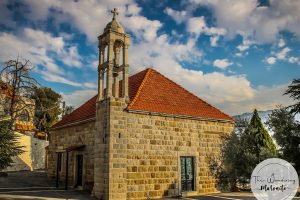
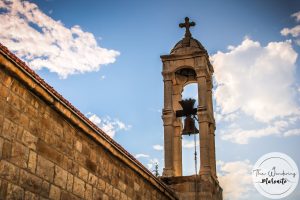
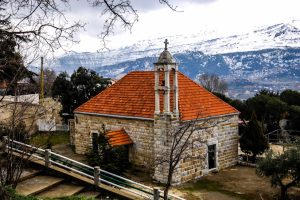
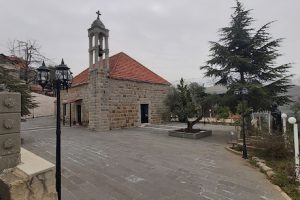
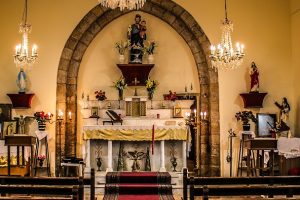
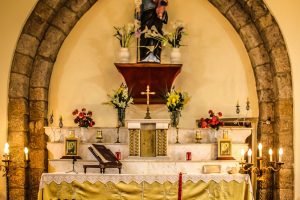
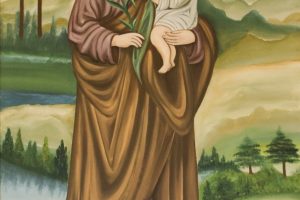







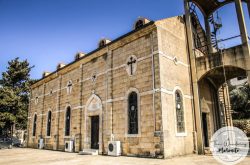
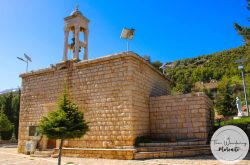
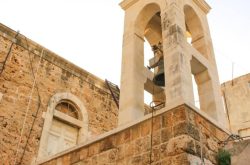
Reviews are disabled, but trackbacks and pingbacks are open.